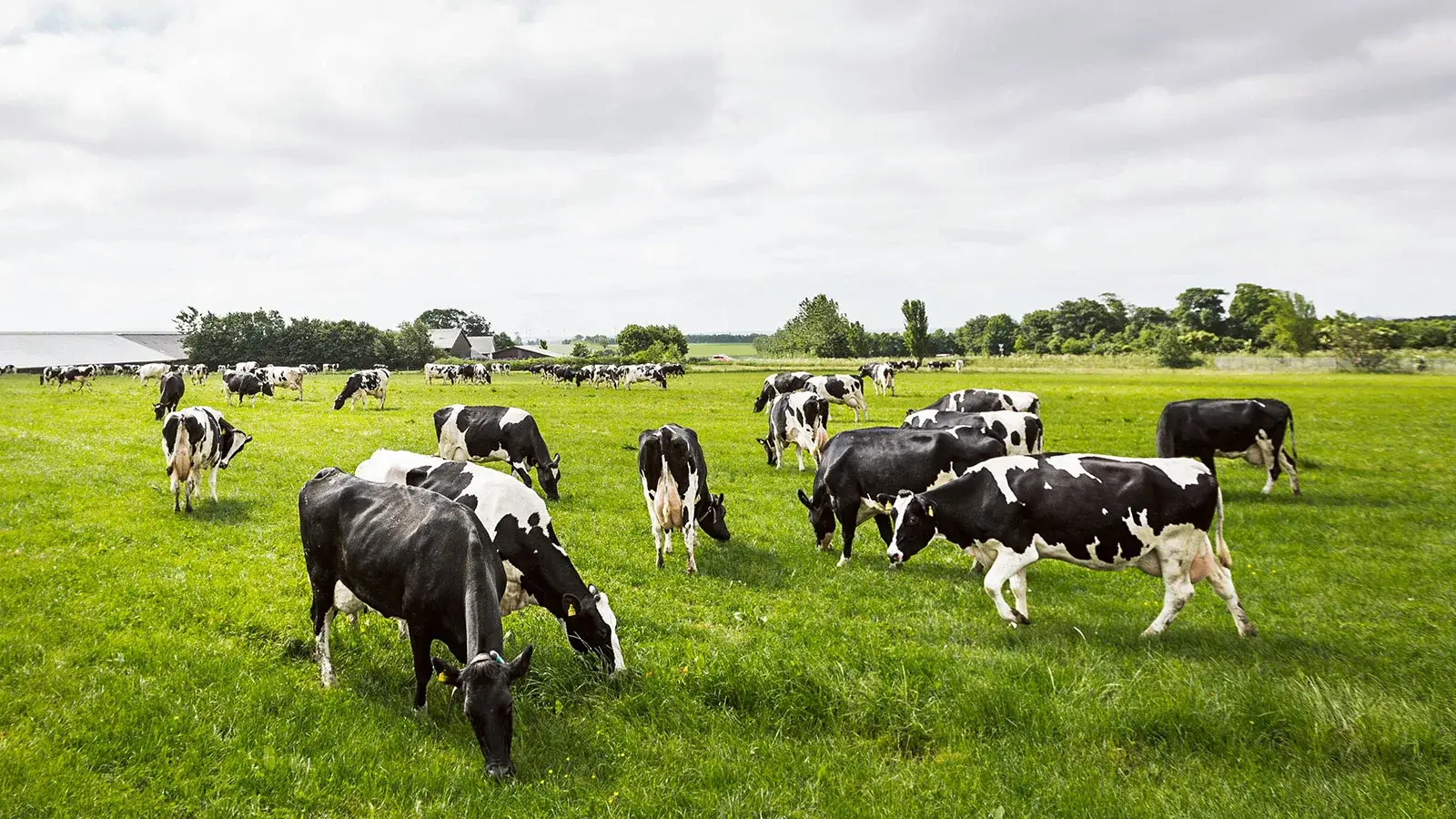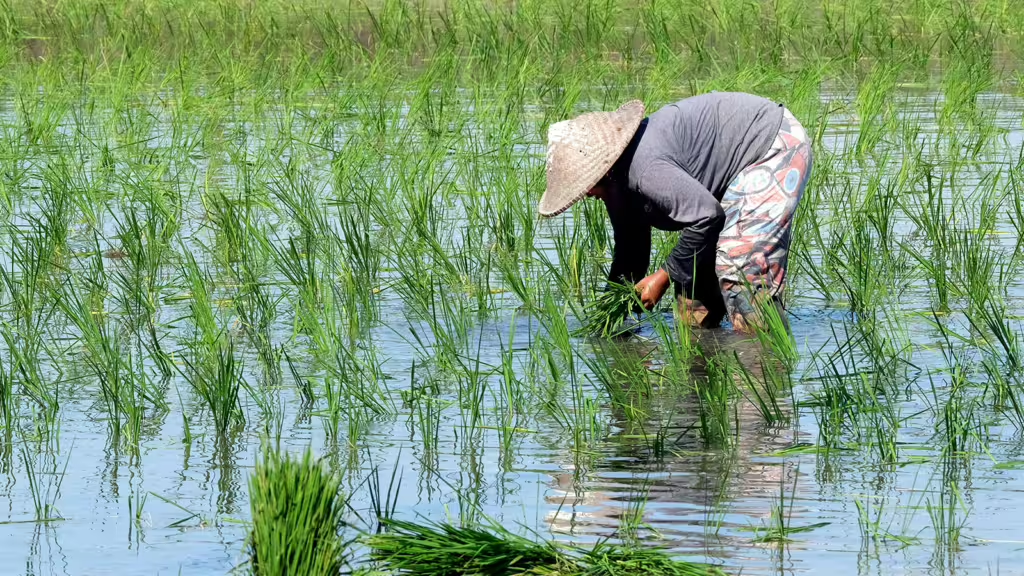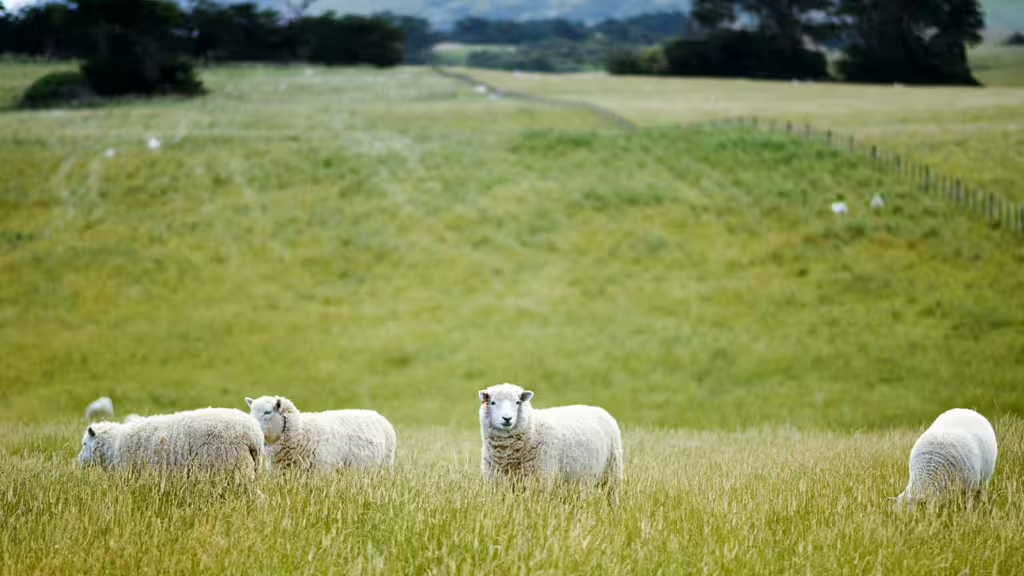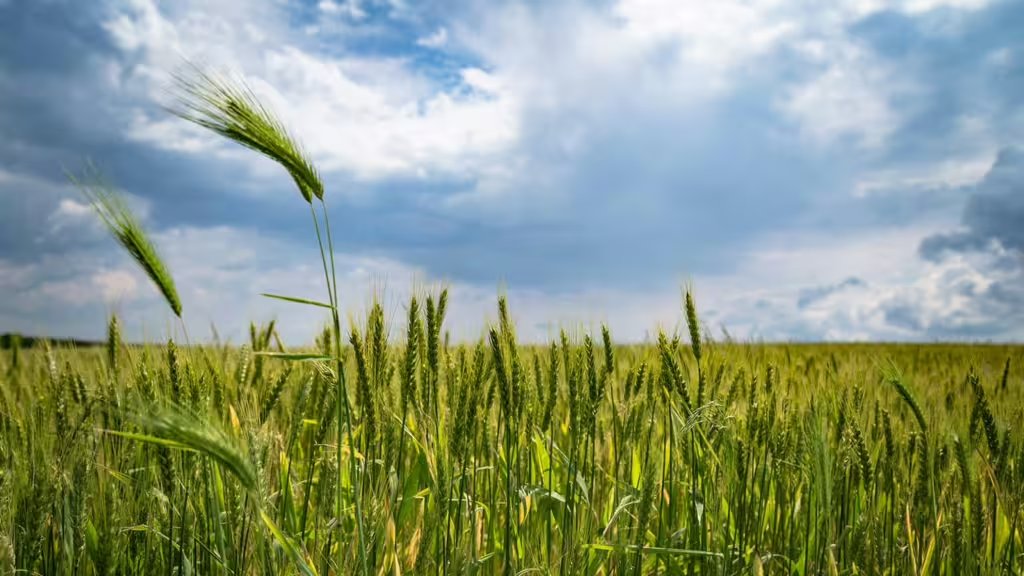This impact story is part of a series featuring companies that are members of One Planet Business for Biodiversity (OP2B)/WBCSD. Through these stories, we aim to showcase our members’ commitment to driving the transition to regenerative agricultural practices, the impact on farmers and the role OP2B plays in supporting this transformation.
As the global dairy industry faces growing scrutiny over its environmental impact, FrieslandCampina, one of the largest dairy cooperatives in the world, steps toward a more sustainable, future-fit dairy industry by embracing regenerative agriculture. Guus van Laarhoven, Nature Strategy Lead at FrieslandCampina, and Robert Nijkamp, a Dutch farmer in FrieslandCampina’s pilot project, gave us an update on the company’s innovative approach to creating sustainable dairy farming systems across its supply chain.
Scaling up regenerative agriculture in several countries
The cooperative’s goal is to implement regenerative agricultural practices at scale in the dairy sector by 2030, in the Netherlands, Belgium and Germany. FrieslandCampina has voiced commitment to regenerative agriculture that is driven by a proactive approach to environmental stewardship and the desire to foster resilient farming systems in the Netherlands, Belgium and Germany. “Dairy farming is facing unprecedented challenges, particularly with tightening nitrogen regulations and rising input costs,” said Guus van Laarhoven.

The current way of farming is no longer sustainable under these pressures, and we see regenerative agriculture as one of the promising routes to future-fit dairy.
Guus van Laarhoven
To address these challenges, FrieslandCampina launched its Regenerative Agriculture Pilot in 2024, aimed at improving soil health, biodiversity and water management. “As a cooperative, we have a responsibility to seek out innovation and help our members integrate these sustainable practices into their farming systems,” van Laarhoven explained.
In order to drive regenerative agriculture at a larger scale, FrieslandCampina, in collaboration with partners including Danone, Arla, Rabobank and dsm-ferminich, developed the Future Fit Dairy Initiative. This initiative is a localized framework that ensures regenerative agriculture aligns with both environmental sustainability and economic viability for dairy farmers in Northwestern Europe. The company also tracks key indicators for soil health and greenhouse gas emissions to measure progress and ensure farmers are on the right path. ”We’ve developed a methodology which employs a staged approach to measure key outcomes, ensuring farmers know exactly where they stand and what improvements are necessary.” van Laarhoven noted.
Data is key in farm management decisions
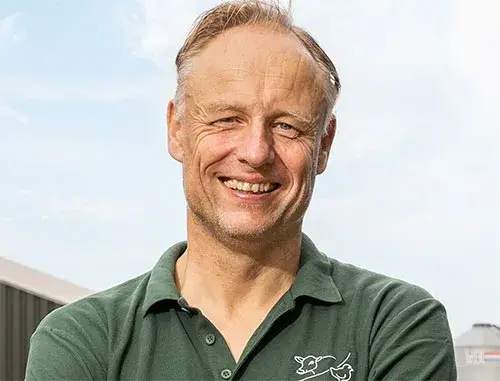
Robert Nijkamp’s 24-hectare farm in Raalte, the Netherlands is part of FrieslandCampina’s pilot project. As one of the first steps, he removed maize from his crop rotation in favor of grass, which significantly reduced the need for soy Nijkamp explained.
Understanding where his farm stands in the staged approach to regenerative agriculture in FrieslandCampina’s pilot project. Another major improvement he implemented was switching from liquid to solid manure to enhance soil health, though this required significant upfront investment.
This is a long-term improvement, but it causes financial strain in the short term.
Robert Nijkamp
He also began analyzing grass quality through sampling, allowing him to optimize manure use and reduce dependence on synthetic fertilizers.
The data-driven nature of the pilot project is central to Nijkamp’s farm management. “Measurement is key. Without knowing your baseline, it’s difficult to make improvements. The data we gather is essential for identifying the levers we can pull to push forward toward regenerative farming,” he explained.
Staged approach to regenerative farming
FrieslandCampina’s pilot uses phases to support farmers at varying readiness levels. The “Embark” stage starts with a baseline measurement, where farmers work with a coach to create a plan and choose practices to adopt. Once familiar with the principles of regenerative farming, farmers in the “Engaged” phase implement techniques like reducing maize or planting herb-rich grasslands, managing financial and yield risks as they adapt.
Peer-to-peer learning is vital in this phase, with farmers sharing best practices and results through informal networks like WhatsApp groups, exchanging photos and data on crop yields and soil health. “We’ve seen significant growth in how farmers manage these new systems by learning from one another,” van Laarhoven noted.
In the final – or “Evolve” – stage, farmers make significant investments, such as adopting new manure management techniques. Banks and other investors often play a key role in supporting these long-term investments. Experience shows that the transition to regenerative agriculture takes about three to seven years, depending on the starting point of the farmer. In this last stage, farmers in some cases also run into government policies that further complicate a transition. Supportive government policies are a key success factor in enabling regenerative agriculture at scale.
The role of OP2B in scaling regenerative agriculture
FrieslandCampina’s participation in OP2B has been pivotal in expanding its regenerative agriculture initiatives. “OP2B’s network has been crucial in fostering collaborations that go beyond the dairy sector. OP2B provides guidance for measuring outcomes of regenerative agriculture and connects financial institutes, policymakers and supply chain actors to accelerate the transition. Such connections help provide farmers with the financial and technical support they need. It helps us bridge the gap between the flexibility farmers need and the rigid frameworks investors require,” van Laarhoven explained.
Regenerative agriculture is a critical solution to transform the way we produce food, feed and fiber, benefiting the climate, nature and people. Over the next years, the OP2B coalition will focus on unlocking three strategic key levers for to scale up regenerative agriculture: harmonizing measurement, fostering collaborations to support farmers’ transition, advocating for supportive policies to create enabling environment.
Outline

